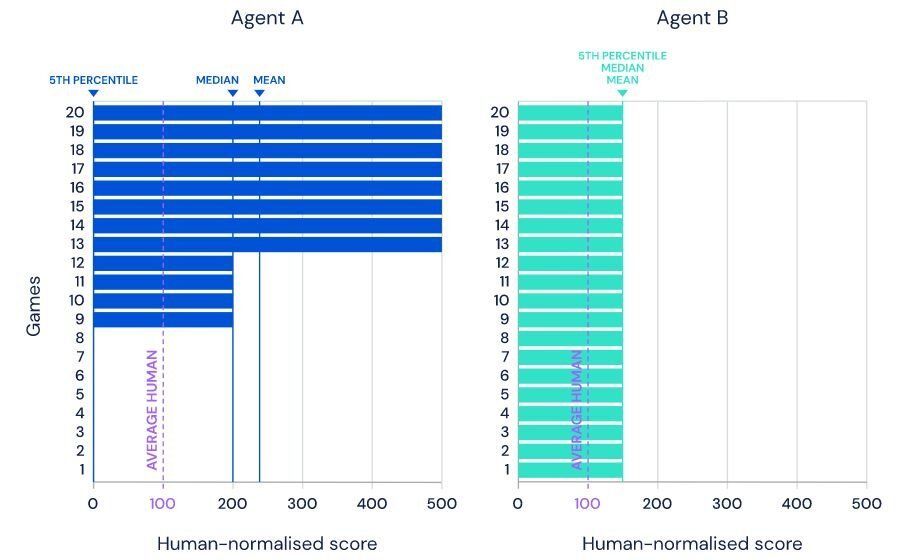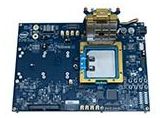Apr 6, 2020
Alphabet’s DeepMind masters Atari games
Posted by Saúl Morales Rodriguéz in categories: entertainment, information science, robotics/AI
In order to better solve complex challenges at the dawn of the third decade of the 21st century, Alphabet Inc. has tapped into relics dating to the 1980s: video games.
The parent company of Google reported this week that its DeepMind Technologies Artificial Intelligence unit has successfully learned how to play 57 Atari video games. And the computer system plays better than any human.
Continue reading “Alphabet’s DeepMind masters Atari games” »

















